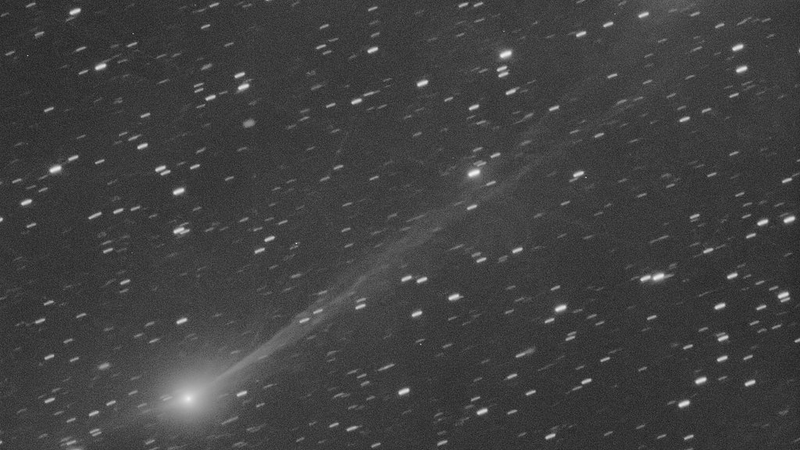
NASA Unveils Comet 3I/ATLAS Images, Debunks Alien Rumors
NASA has unveiled new images of comet 3I/ATLAS, confirming its natural origin and debunking alien rumors. The third interstellar visitor offers clues to the early universe.
My Global News: Voices of a New Era
🌍 Stay Ahead, Stay Global 🚀

NASA has unveiled new images of comet 3I/ATLAS, confirming its natural origin and debunking alien rumors. The third interstellar visitor offers clues to the early universe.
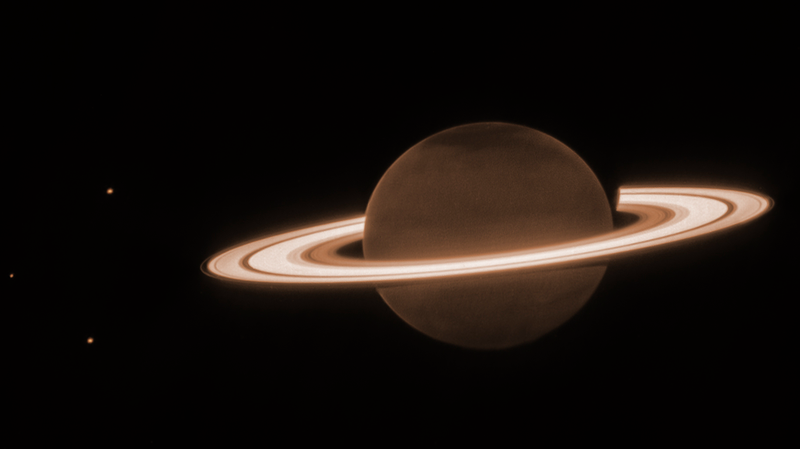
A fresh look at Cassini data uncovers new organic molecules on Enceladus, strengthening its case as a habitable ocean world beneath the ice.
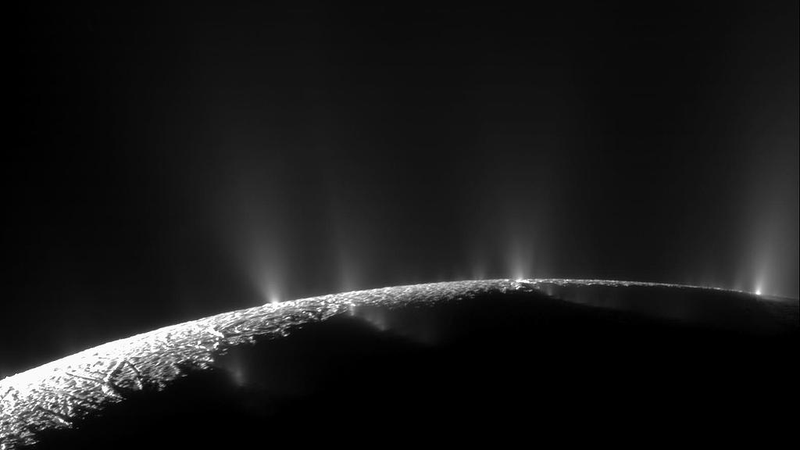
NASA’s Cassini data reveals salt, methane, carbon dioxide and phosphorus in Enceladus’s hidden ocean, making Saturn’s icy moon a top target in the search for extraterrestrial life.
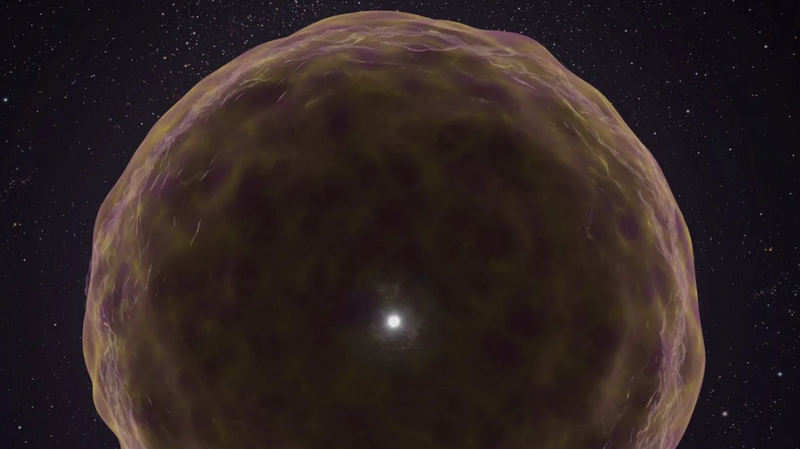
Supernova 2021yfj gives astronomers a first look inside an exploding star, revealing stripped silicon and sulfur layers for the first time.
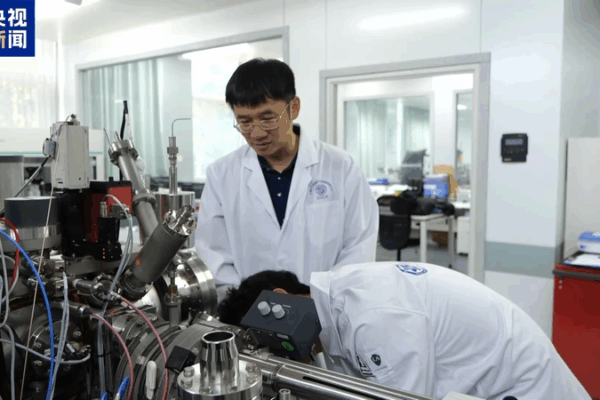
New analysis of Chang’e-6 lunar samples reveals the moon’s far side mantle is drier and in a lower oxidation state than its near side, reshaping our view of lunar evolution.
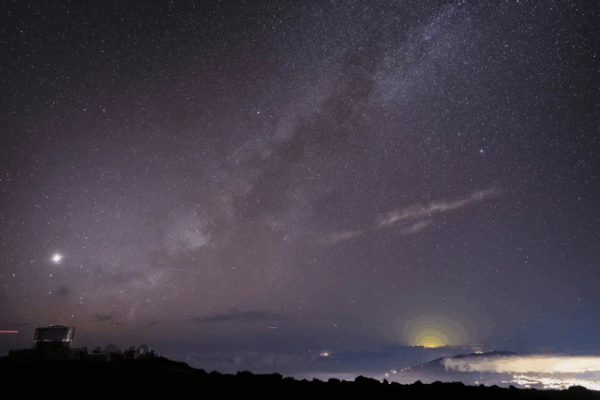
Astronomers track A11pl3Z, a possible third interstellar object moving near Jupiter toward Mars as ESA and NASA ramp up observations.

NASA’s James Webb Telescope reveals Jupiter auroras are more dynamic and powerful than thought, hinting at magnetic mysteries in the planet’s atmosphere.

NASA’s Juno mission maps Jupiter’s jet streams and reveals Io’s subsurface heat profile, offering fresh insights into volcanic activity on the fiery moon.

Chinese scientists provide crucial evidence for intermediate-mass black holes by studying a high-speed runaway star ejected from the M15 globular cluster.

An international research team led by scientists from the Chinese mainland has discovered ‘space chorus’ waves far beyond Earth’s magnetic field, offering new insights into space weather.